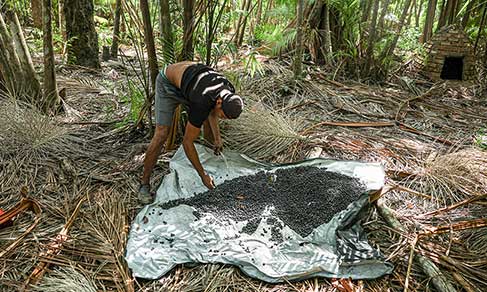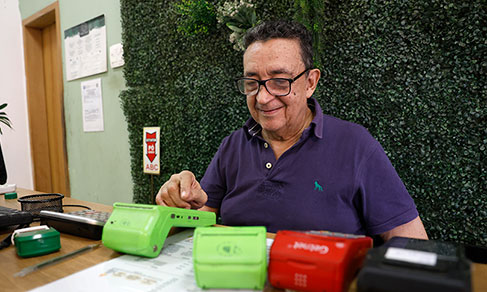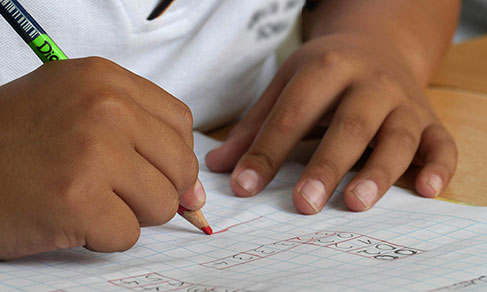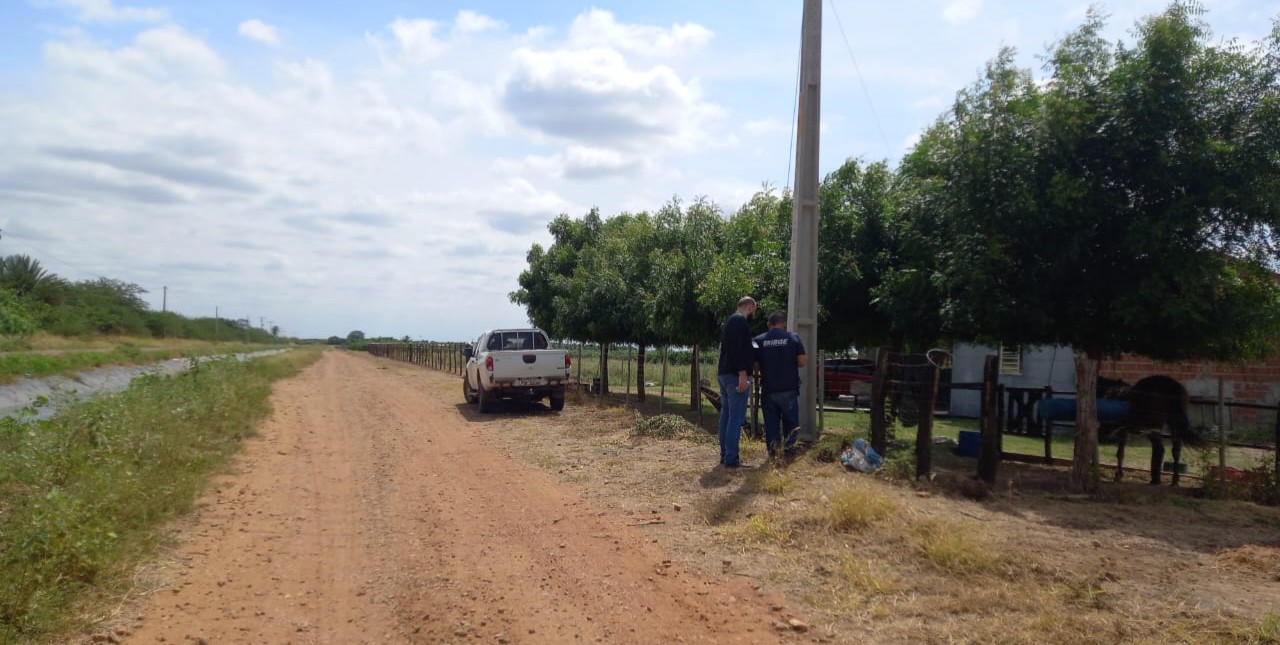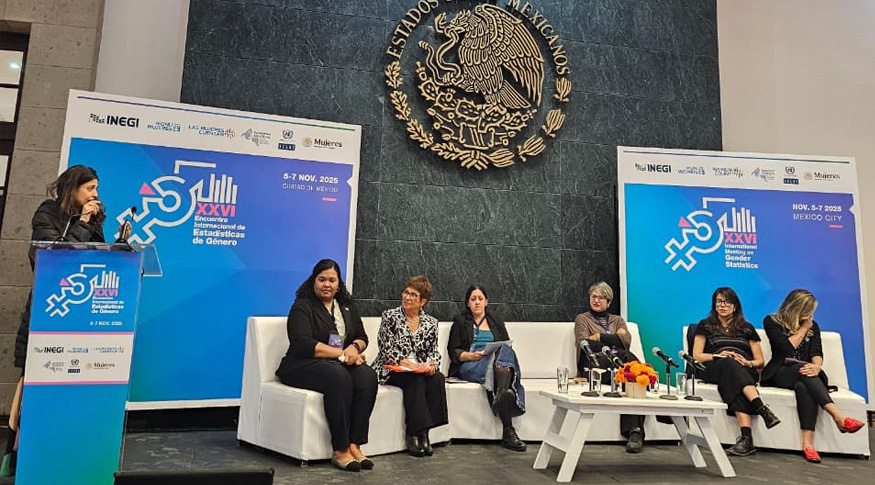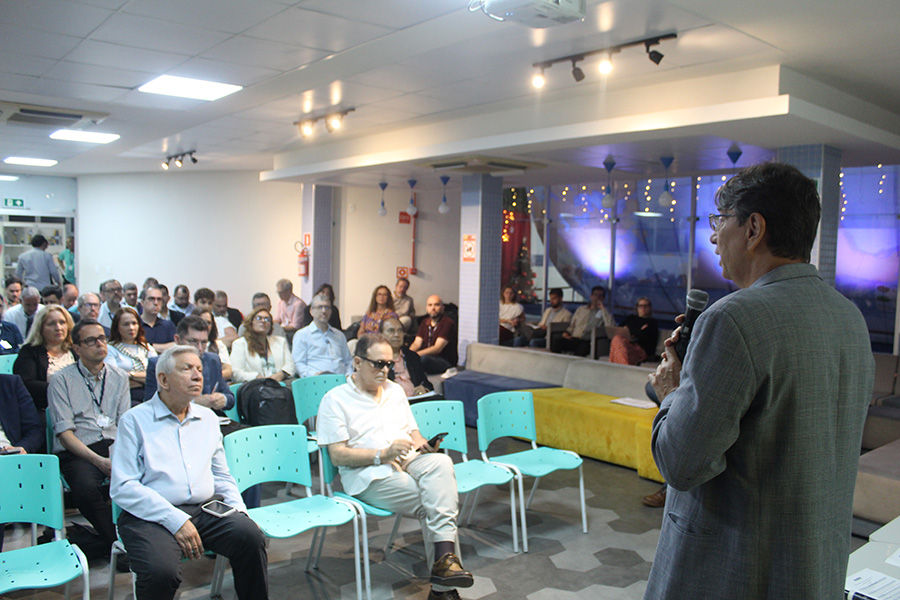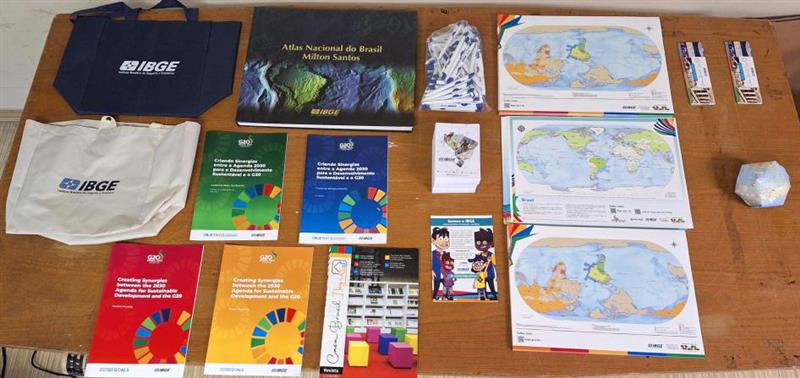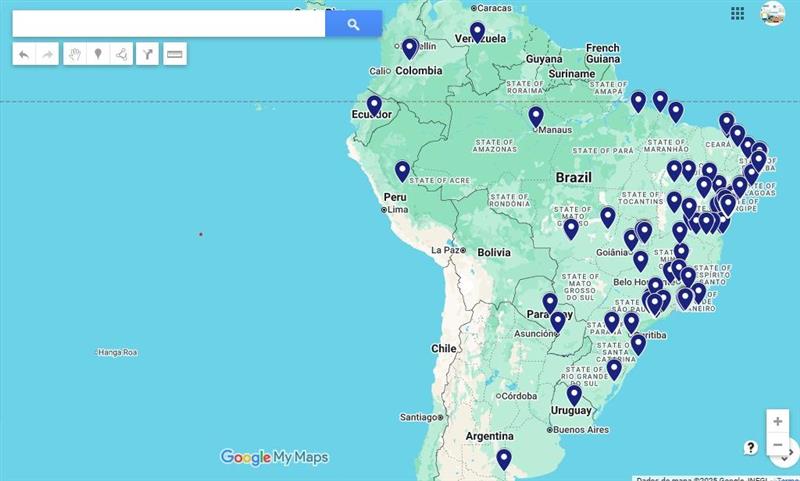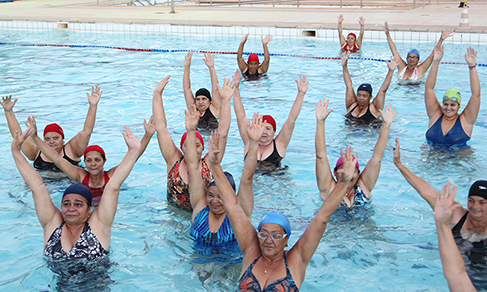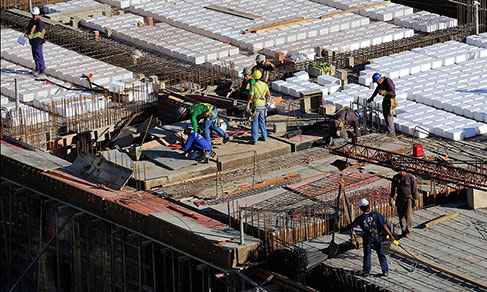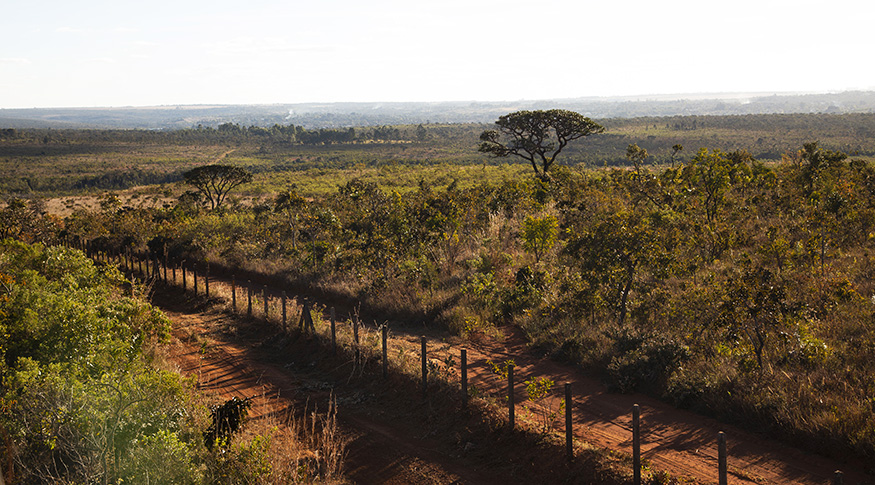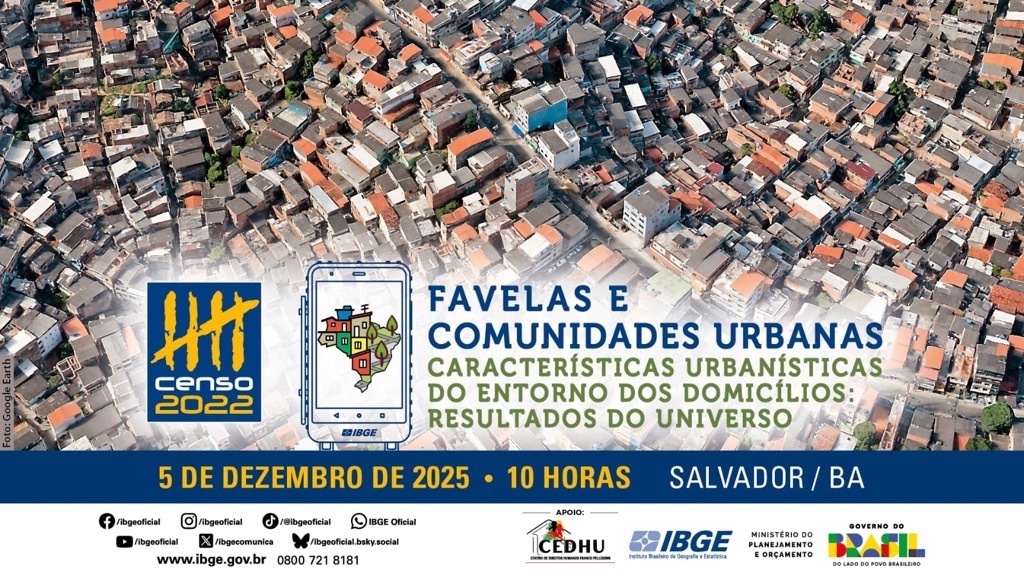Inequalities by color and race
Murder rate for blacks or browns is almost three times bigger than for whites
November 13, 2019 10h00 AM | Last Updated: November 26, 2019 09h18 AM
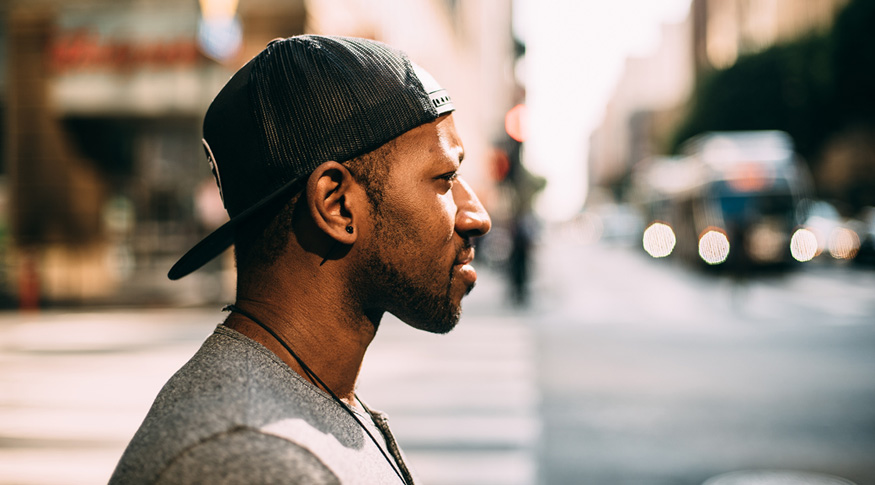
Murder rates in the country did not fall from 2012 to 2017. On the contrary, among black and brown people, it increased from 37.2 to 43.4 deaths per 100,000 inhabitants, while for the white population, the index was stable between 15.3 and 16. This difference means that blacks or browns were 2.7 times more likely to be victims of homicide in 2017.
The data, released today by the IBGE, are from the study Social Inequalities by Color or Race in Brazil, and help the country monitor the Sustainable Development Goal to reduce the mortality rate related to violence.
The differences are even more significant in the young population. The homicide rate reaches 98.5 among blacks or browns aged between 15 and 29. With the white ones in the same age bracket, the homicide rate is of 34 for each 100 thousand inhabitants.

The figures also show that black or brown students of the 9th grade of middle school went through more violent experiences than white ones. Attending to schools that are located at areas of violence risk, being assaulted by an adult in the family, putting up a fight with guns or melee weapons – all these variables were much more present at the daily lives of blacks and browns.
According to the IBGE analyst, Ms. Luanda Botelho, the combination of these types of violence can offer a broader overview on inequalities. “We analyze the most severe type of violence, through the homicide rates, but also that kind of violence present in the daily routine of this population”, explained the researcher.
Besides that, in the long run, violent situations will also have an impact on the youngsters' lives. “Research shows that those who suffer more violence in their adolescence are also more likely to get depressed, to have low school performance and to get involved with violence in their future, for example”, commented Ms. Botelho.
The study retrieved data from the National Survey of School Health (PeNSE), which showed that, in 2015, 15.4% of black or brown students and 13.1% of white students in the 9th grade of middle school did not attend school due to lack of security in their home-to-school commute, within the 30 days before the survey. More than half of the black or brown students (53.9%) were studying in institutions located at risk areas in terms of violence, against 45.7% of white ones.
Despite the inequalities, educational rates have been improving
The educational data have been presenting gradual improvements between 2016 and 2018. The illiteracy rate decreased from 9.8% to 9.1%, the ratio of people aged 25 or more with at least complete high school increased from 37.3% to 40.3%, and the proportion of people who attend or have already completed the appropriate level for their age bracket increased for all age brackets in this period.
Another indicator that has presented growth in the black or brown population, between 2016 and 2018, was the rate of students aged from 18 to 24 going to universities, which increased from 50.5% to 55.6%. Moreover, in the scenario of policies for the expansion and democratization of higher education access, the survey shows that, in 2018, black or brown students have become the majority in the higher education institutions of the country’s public system (50.3%).


